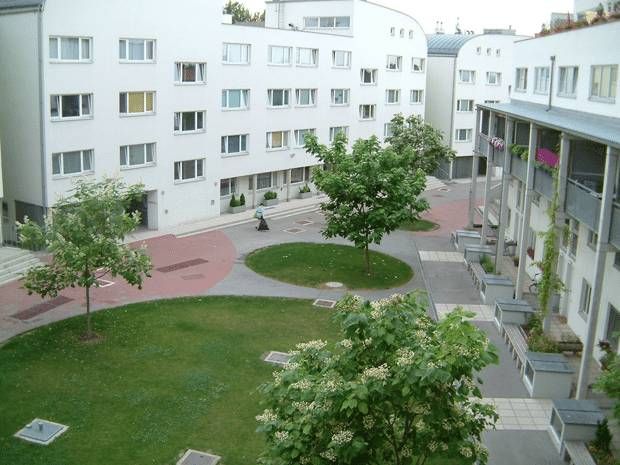How to make cities more friendly to “women”?
Introduction:
In recent years, with the progress of urbanization, cities have become the place where most people live and work. However, safety issues in cities are becoming increasingly prominent, especially for women. The security threats faced by women in cities are significantly different from those faced by men. Therefore, it is necessary to formulate corresponding strategies and provide guarantees so that women can travel and live safely in cities.
In 2022 the Cities Alliance worked with Womenability to produce a toolkit on ‘women-friendly city planning’. The toolkit defines an “inclusive and gender-equitable city”, arguing that a city that is friendly to women, girls and gender minorities of all ages/abilities should support them economically and socially. 
Figure 1: Female power in urban design
Such a city should have the following 6 characteristics: connectivity, safety, healthy, climate resilience, accessibility, sense of security. Women-friendly cities should enable women to benefit from the opportunities the city provides. Transportation, infrastructure, open space, and social participation are all areas where urban design can be optimized.
Example:
Vienna, the capital of Austria, is a representative that actively promotes women-friendly cities. Its official government website has a special page on “gender mainstreaming”. This action aims to “achieve gender equality based on the structure, environment and conditions of equality between men and women.” In order to make women’s lives more convenient, Vienna has widened its sidewalks so that women pushing strollers and holding young children can pass smoothly.

Figure 2: Vienna’s brightly lit streets at night
Urban spaces with complete infrastructure can also increase women’s connection and sense of security with the city. For example, convenience stores, medical points, police stations, restaurants, etc. planned along the streets can provide women with places to interact and can also become a place for women to interact at critical moments. Their emergency rescue place.
Vienna was also one of the first cities to incorporate gender equality into the design of urban public spaces. Urban planning researchers found that as children get older, boys win more of the “competition” for park space, pushing girls out of parks. City planners used the research to redesign some of Vienna’s parks, adding more benches, creating space for different types of activities, and using landscaping to subdivide open park areas into smaller spaces. The design had an immediate effect, with more and more girls showing up in the park.

Figure 3: Vienna city park has added elements to attract girls
Eva Kehl designed an apartment building called Women-Work-City in Vienna, which has 357 living units and is close to public transportation. Each floor of this apartment building has stroller storage areas and ample open space for children to play. The apartment building also has a kindergarten, a pharmacy and a community doctor’s office. The height of the building had to be low enough to ensure that the women living in it could see the street. These design details were designed with women’s safety in mind.

Figure 4: Women-Work-City apartment building
Conclusion:
In conclusion, increasing women’s participation in urban design decision-making can also make our urban environment more gender equal. This is because the addition of a “female perspective” can draw everyone’s attention to urban issues that are easily overlooked.
Reference:


